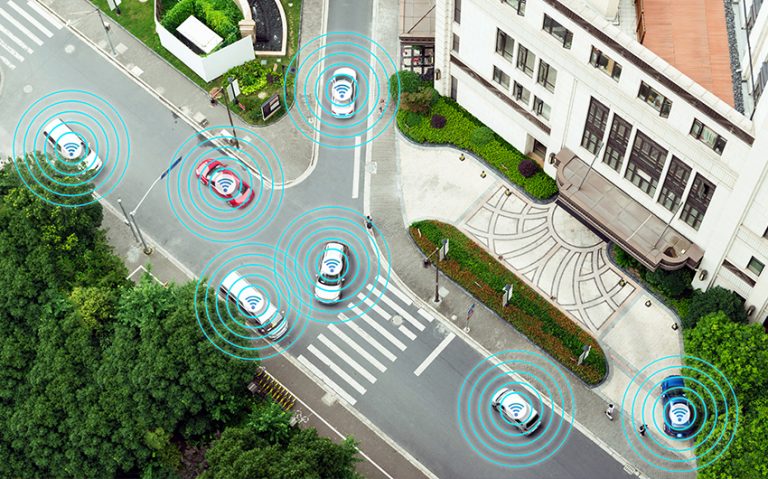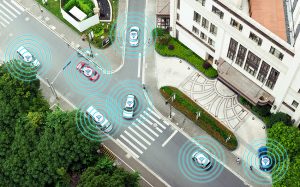IoT – everywhere and nowhere.
- With the press cycle already revved-up well before the official opening of CES, almost everything that is on show is a known device, tool, utensil or appliance that can now work with a smartphone.
- However, this is pretty much what we saw last year and it feels like the electronics industry remains at square one waiting for the next revolution that will drive it forward.
- The smartphone remains firmly at the centre with almost every innovation being displayed involving a device of some description that can be controlled by the smartphone.
- This is what I think off as IoT 1.0 or square one.
- This is where every device is controlled by the smartphone but where every device exists in glorious isolation to all of the others that are out there.
- For example, controlling a light bulb or air conditioning unit from my smartphone is great but other than saving on shoe leather, it doesn’t really offer the user any real benefit.
- However, a system where all of my devices are aware of each other and can be controlled in an integrated way or can control themselves based on the user’s preferences is much more interesting.
- This is what I refer to as IoT 2.0 and of this there is very little to be found with systems, standards and protocols remaining completely proprietary.
- This is a problem that Apple is trying to solve with HomeKit and HealthKit and it is very telling that of the multitude of companies that I have seen in the last two days these two words were not mentioned once.
- I suspect that this is because even the small companies have realised that the real value remains in the data and fear that while HomeKit will allow them to work well with other devices in the home, the real value will accrue to Apple rather than to themselves.
- This is the deadlock that has to be broken before the utility of smart pet feeders, shoes, sunshades, beer makers, door locks, beds, pillows and so on really come into their own.
- Of this there is no sign and without it, is suspect that the electronics buying public will be unenthused with paying $179 to be able to control an air conditioner for which it already has a remote control.
Huawei – Double down.
- After a difficult 2016 where it fell to third place in its home market, Huawei is doubling down with the launch of its new flagship the Honor 6X.
- The 6X is the first device to use 2 rear cameras on a mid-range device and offers a few funky photo modes to try and make its photography offering stand-out.
- Huawei promises much better performance and battery life and is targeting to ship 30m units, double that of the 5X.
- Its main differentiator in achieving this goal is price where the device will sell for $250.
- The problem here is that all of its competitors are doing the same thing and while Huawei might sell 30m units of this product, I am certain that it will make almost no money doing so.
- Huawei is symptomatic of life in smartphones where a one needs a huge scale advantage or a thriving ecosystem to make money.
- Huawei has neither and difficulties in its home market are making it more reluctant to really invest to achieve these aims.









Blog Comments
zeke
January 6, 2017 at 1:44 am
Personally I think there will be a big backlash against IoT appliances in the general public, there are too many security issues in day to day appliances that are meant to just work 24/7.
If it’s connected to the internet then it is at risk and adding smart phone control to appliances is a fairly dubious benefit.
Were already seeing ransomeware appear on AndroidTV even if it was an older model in question.
Plenty more stories in populist press of toasters going haywire thanks to hackers will not kill the market but throw a bucket of cold water over it so only techies will ever buy into it.